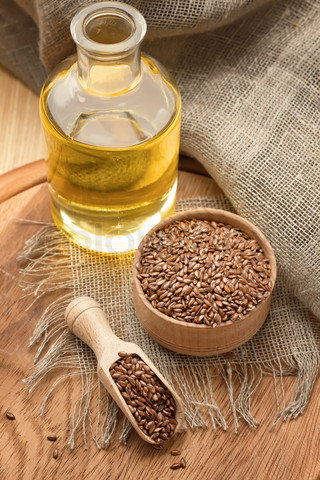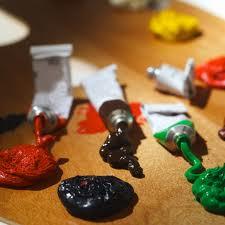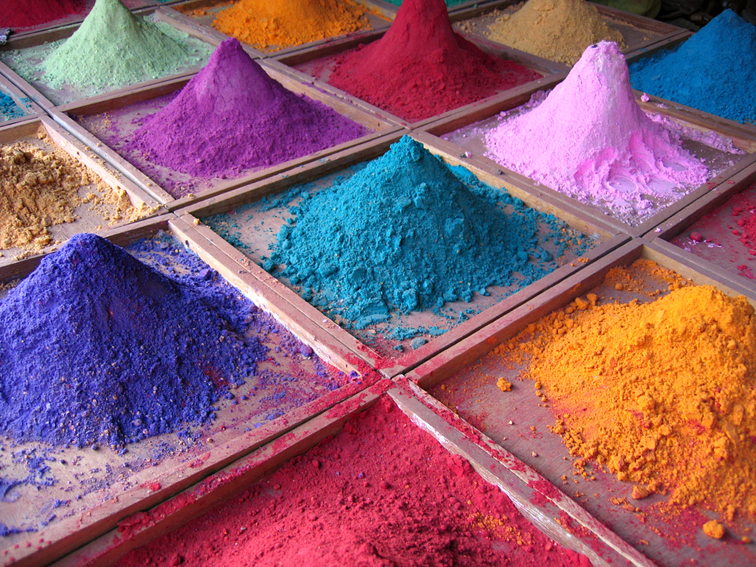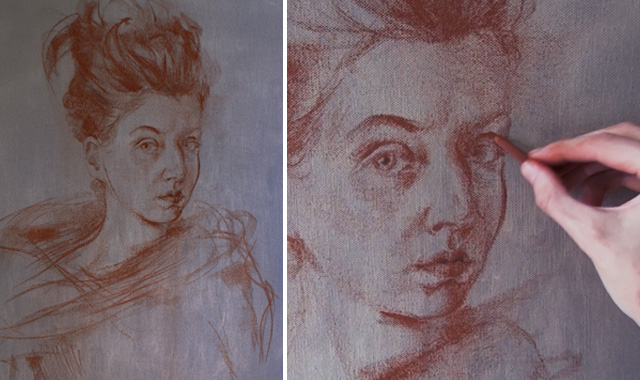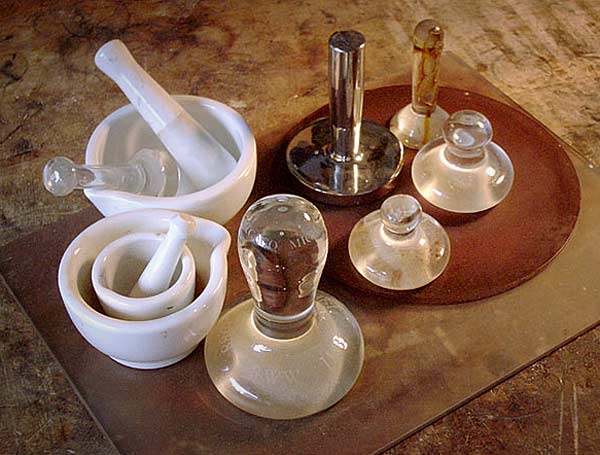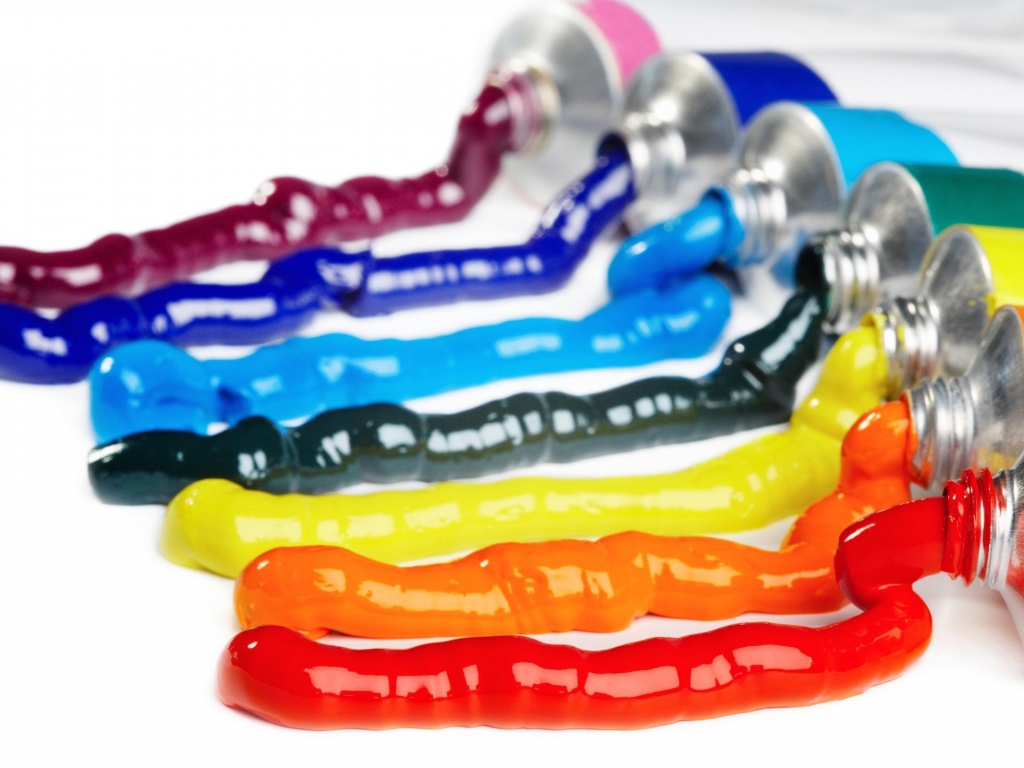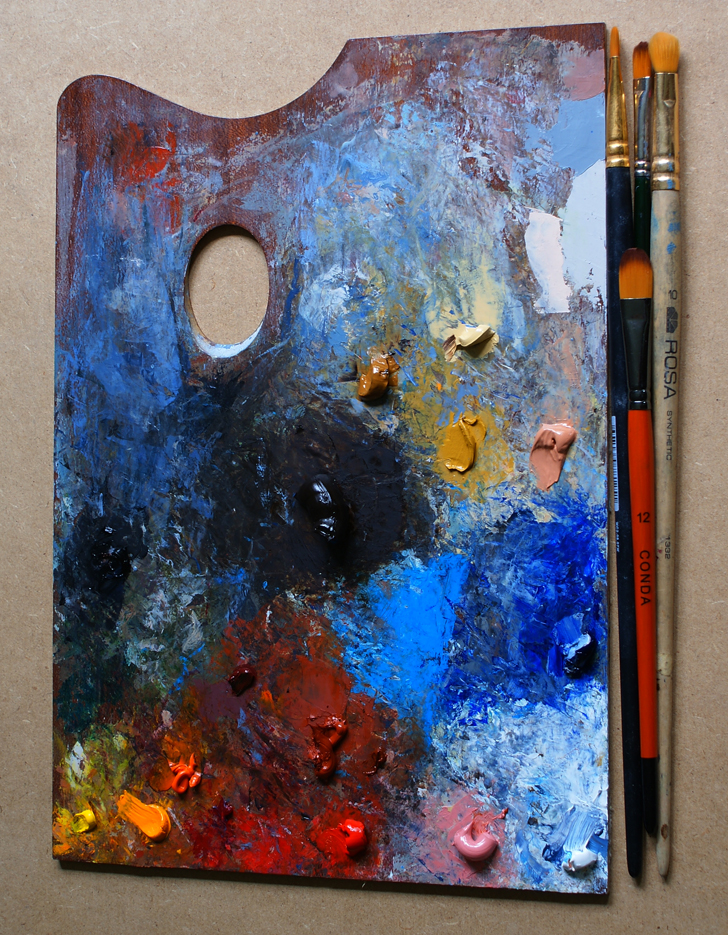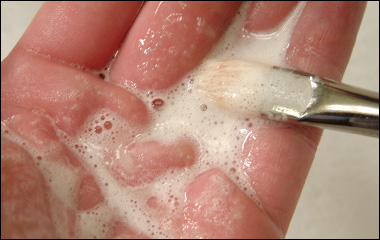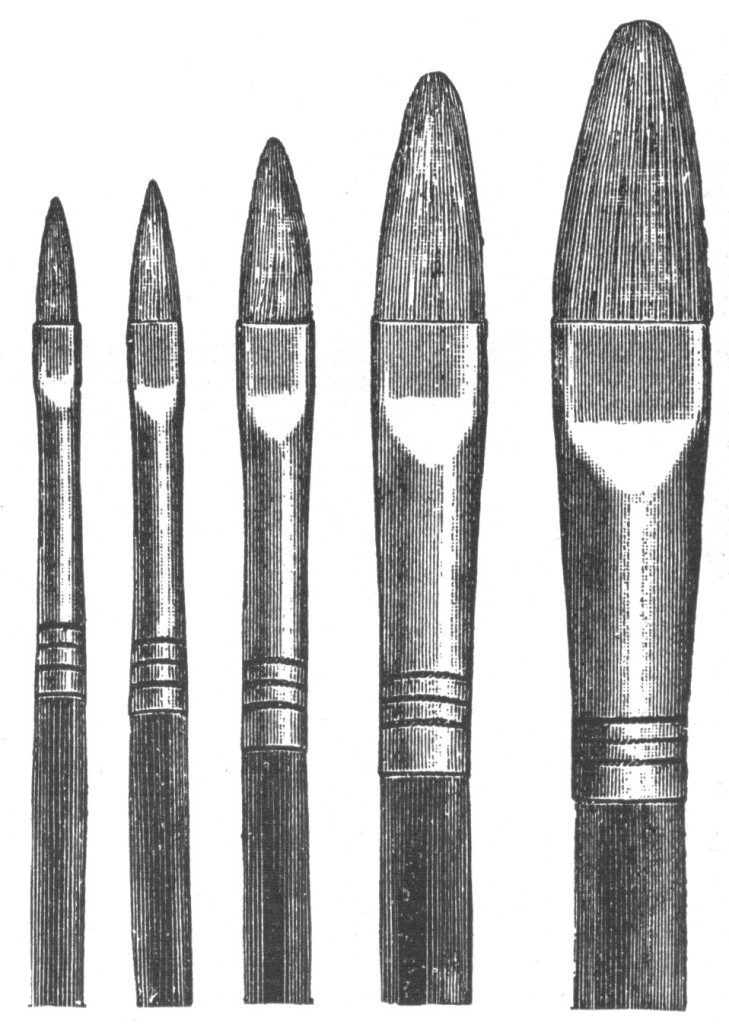On 30 Sep, 2012 With
Portrait and Figure Palette White. Cadmium. Chinese Vermilion. Orange Cadmium. Light Red. Yellow Ochre. Rose Madder. Transparent Gold Ochre. Raw Umber. Cobalt. Blue Black. Terre Verte. PREVIOUS PART NEXT PART
Read More
On 29 Sep, 2012 With
Oil painting materials Oil Paints Oil paint is a mix of a powdered pigment bounded with a medium of drying oil. Linseed oil is commonly used as a carrier in oil paint. Oil paints can be mixed with linseed oil as a medium to make paints more fluid; this medium also increases glossiness and makes paint more transparent. Linseed oil comes as cold pressed, alkali refined, sun bleached, sun thickened, and polymerised (stand oil). Traditionally, the old masters used to prepare oil paints themselves. Today, ready-made oil paints available in tubes from any art supply shop. It is possible to paint with oils without diluting them with solvents, by using brush pressure to spread the paint out thinly. In…
Read More
On 27 Sep, 2012 With
Opaque and Transparent Colors.—Some colors have a jelly-like consistency when mixed with oil, others, the earths among them, are dense and opaque. We speak of them respectively as “transparent” and “solid” colors. These qualities, which divide the paints into two classes, have no relation to their permanency. As far as that is concerned you use them in the same way, as some transparent colors are safe and some fugitive; and the same with the opaque colors. The only difference is in the fact that, as a rule, the solid colors are better dryers. But you will notice that while you may mix these colors together as though this difference between them did not exist, in certain processes you use them differently….
Read More
On 26 Sep, 2012 With
Chemical Changes of Pigments The causes of change of color in pigments are of four kinds, all of them chemical effects. 1) the action of light; 2) the action of the atmosphere; 3) the action of the medium, and 4) the action of the pigments themselves on each other. The action of light is to bring about or to assist in the decomposition of the pigment. It is less marked in oil than in water color, because the oil forms a sort of sheath for the color particles. The manner in which light does its deteriorating work is somewhat similar to that of heat. The atmosphere affects the paint because of certain chemical elements contained in…
Read More
On 22 Sep, 2012 With
Oil painting techniques Introduction Welcome to the Web Art Academy Club! We are fine art teachers Natalie Richy and Vladimir London, and have created the Web Art Academy for fine art students who want to learn traditional oil painting and drawing techniques. The fine art video lessons presented in the Club are valuable for both beginning and advanced students. If you have just recently started your fine art education, this course would be very helpful to obtain a good understanding of oil painting methods. If you already have knowledge and experience in painting, this course would still provide many advanced know-how strategies you could use to improve your painting techniques. You will discover what oil painting…
Read More
On 3 Sep, 2012 With
Oil painting essential materials and techniques: Grinding Pigments Grinding.—The color which the artist uses must be most evenly and perfectly ground. The grinding which will do for ordinary house paints will not do for the artist’s colors. Neither will the chemical processes suitable for the one serve for the other. Not only must the machinery, but the experience, skill and care, be much greater for artist’s colors. Therefore it is that the specialization of color-making is most important to good colors for the use of the artist. Reliable Makers.—If you would work to the best advantage as far as your colors are concerned, both as to getting the best effects which pure pigments skilfully and honestly prepared will give you,…
Read More
On 31 Aug, 2012 With
Oil painting essential materials and techniques: Good Paints and Pigments Good Paints.—The three things on which the quality of good paint depends are good pigment, good vehicles, and good preparation. The pigments used are of mineral, chemical, and vegetable origin. The term pigment technically means the powdered substance which, when mixed with a vehicle, as oil, becomes oil paint. The most important pigments now used are artificial products, chiefly chemical compounds, including chemical preparations of natural mineral earths. As a rule, the colors made from earths may be classed as all permanent; those from chemicals, permanent or not, as the case may be; and those of vegetable origin fugitive, with few exceptions. Some colors are good when used as water colors, and bad…
Read More
On 28 Aug, 2012 With
Oil painting essential materials and techniques: PAINTS Of all your materials, it is on your paints that quality has the most vital effect. With bad paint your work is hopeless. You may get an effect that looks all right, but how long will it stand, and how much better may it not have been if your colors had been good? You can tell nothing about it. You may have luck, and your work hold; or you may not have luck, and in a month your picture is ruined. Don’t trust to luck. Keep that element out as much as you can, always. But in the matter of paints, if you count on luck at all, remember that the chances are…
Read More
On 25 Aug, 2012 With
Oil painting essential materials and techniques: Care of Brushes Care of Brushes.—The best of economy in brushes lies in your care of them. You should never let the paint dry on them nor go too long without careful washing. It is not necessary to wash them every day with soap and water, but they would be the better for such treatment. Quite often, once a week, say, you should wash your brushes carefully with soap and water. You may use warm water, but don’t have it hot, as that may melt the glue which holds the bristles together in the ferrule. Use strong soap with plenty of lye in it—common bar soap, or better, the old-fashioned soft soap. Hold several…
Read More
On 22 Aug, 2012 With
Oil painting essential materials: Selection of BRUSHES Selection.—Never buy a brush without testing its evenness, as has been advised in the care of sables. Feel carefully the end of the bristles also, and see that the “flag” is there. All brushes are kept together for packing by paste in the bristles. See that this is soaked off before you test your brush. Round or Flat.—It will make little difference whether you use round or flat brushes. The flat brush is most commonly preferred now, and most brushes are made that way. So you had better get that kind, unless you have some special reason for preferring the round ones. Handles.—Whether the handles are nicely polished, also, is of no importance….
Read More



